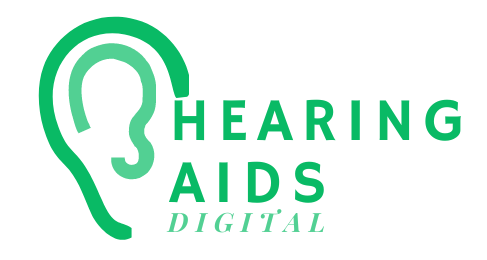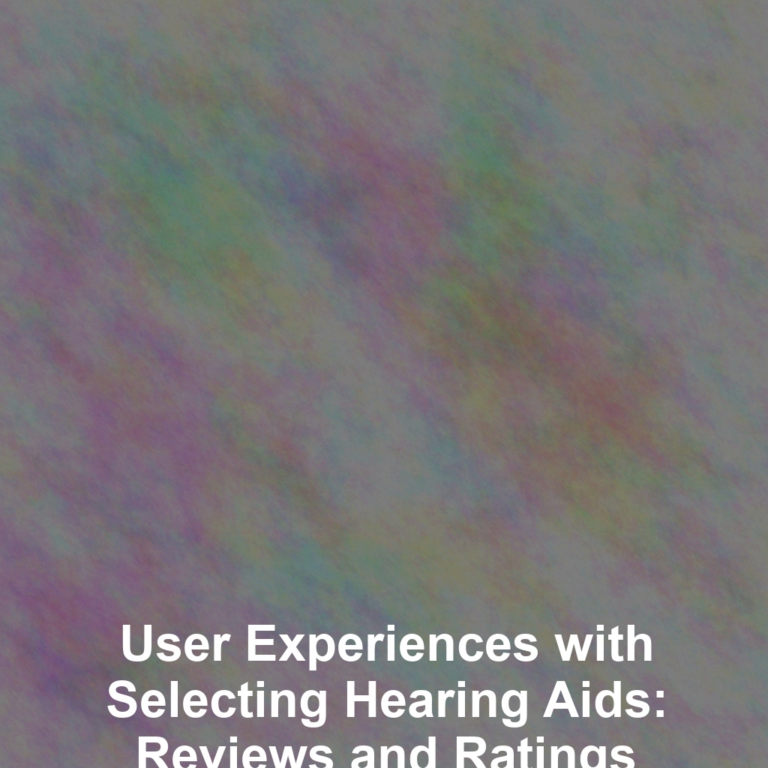Ear infections, clinically identified as otitis media, are a prevalent health concern affecting both children and adults. These infections occur when bacteria or viruses invade the middle ear, resulting in inflammation and the buildup of fluid. The symptoms associated with ear infections can differ widely, ranging from mild discomfort to excruciating pain. If left untreated, these infections can lead to severe complications, including hearing loss. Fortunately, a range of medications are available to ease symptoms and effectively manage ear infections. In this comprehensive article, we will thoroughly investigate these treatment options, assessing their effectiveness and providing valuable insights into the management of this widespread ailment.
Harnessing the Power of Antibiotics to Effectively Treat Bacterial Ear Infections
Antibiotics are commonly prescribed for addressing ear infections, particularly those caused by bacterial pathogens. These medications work by either killing bacteria or inhibiting their growth, thus promoting the resolution of the infection and alleviating inflammation. The choice of a specific antibiotic is influenced by several factors, including the patient’s age, overall health status, and the bacterial strain involved. Let’s delve into some of the most frequently prescribed antibiotics for the management of ear infections:
-
Amoxicillin: Often the first-line treatment for ear infections, especially in children, this antibiotic effectively targets a broad range of bacteria. It is available in various formulations, including liquid and chewable tablets, making it suitable for different age groups. Generally well-tolerated, amoxicillin has minimal side effects, which makes it a preferred choice among healthcare providers when treating young patients.
-
Augmentin: When a bacterial infection shows resistance to amoxicillin or in cases of recurrent ear infections, a combination antibiotic known as Augmentin may be prescribed. This medication combines amoxicillin with clavulanic acid, which helps to combat antibiotic resistance. Augmentin comes in several formulations, including tablets and oral suspension, offering flexibility in administration for patients.
-
Ceftriaxone: For more severe or persistent ear infections, intramuscular injections of ceftriaxone might be necessary. This potent antibiotic is reserved for serious infections that have not responded to oral medications. Ceftriaxone is typically administered in a clinical environment under professional supervision to ensure accurate dosing and monitoring.
It is crucial to remember that antibiotics should only be taken as prescribed by a qualified healthcare professional. The inappropriate or excessive use of antibiotics can lead to antibiotic resistance, complicating future treatment options. Additionally, antibiotics are ineffective against viral ear infections, as they specifically target bacterial agents.
Utilising Effective Pain Relievers to Alleviate Ear Infection Discomfort

Ear infections can cause significant pain and discomfort, especially in young children. Pain relievers play a critical role in easing these symptoms, thereby improving overall comfort and well-being. Let’s review some commonly used pain relievers for ear infections:
-
Acetaminophen (e.g., Tylenol): This widely available over-the-counter medication effectively alleviates pain and reduces fever associated with ear infections. It comes in various forms, including liquid, tablets, and chewable options, making it suitable for different ages and preferences. When used according to recommended guidelines, acetaminophen is generally considered safe and effective for pain management.
-
Ibuprofen (e.g., Advil, Motrin): This medication provides effective pain relief and also helps to lower fever. It is offered in several formulations and strengths, making it appropriate for both children and adults. Adhering to the recommended dosage instructions is critical to ensuring safety and effectiveness when utilising ibuprofen.
It is imperative to follow the suggested dosage guidelines and consult a healthcare professional if pain persists or worsens, as continued symptoms may require further evaluation and intervention.
Utilising Ear Drops for Targeted Relief from Ear Infections
In addition to oral medications, certain ear infections may benefit from the application of ear drops. These drops are specifically designed to relieve pain, reduce inflammation, and aid in clearing the infection. Let’s explore some commonly prescribed ear drops for the treatment of ear infections:
-
Neomycin, polymyxin B, and hydrocortisone (e.g., Cortisporin Otic): This combination medication includes antibiotics to combat the infection along with a steroid (hydrocortisone) to reduce inflammation. It is particularly effective for infections involving a perforated eardrum. Cortisporin Otic should be used strictly as directed by a healthcare professional to ensure safety and efficacy.
-
Ciprofloxacin (e.g., Ciprodex): Ciprodex ear drops contain an antibiotic (ciprofloxacin) and a steroid (dexamethasone). These drops are frequently prescribed for external ear infections (known as otitis externa) or middle ear infections accompanied by a perforated eardrum. Proper administration and adherence to the recommended treatment duration are vital for achieving optimal results.
-
Benzocaine (e.g., Auralgan): Auralgan ear drops contain a local anesthetic (benzocaine) combined with antipyrine to relieve pain and discomfort related to ear infections. It is essential to use Auralgan according to the instructions provided by a healthcare professional to achieve effective pain management.
When using ear drops, it is crucial to follow the specific instructions provided by the healthcare provider. Correct administration is key, and the individual receiving treatment should remain in a lying position for several minutes after applying the drops to allow the medication to reach the affected area effectively.
Implementing Home Remedies and Preventive Strategies to Enhance Recovery and Minimise Future Ear Infections
While medications can effectively provide relief and assist in the treatment of ear infections, certain home remedies and preventive measures can also be beneficial in supporting recovery and reducing the likelihood of future infections. These strategies include:
-
Applying warm compresses: Placing a warm, moist compress against the affected ear can help ease pain and decrease inflammation. It is essential to ensure that the compress is at a safe temperature to prevent burns, offering soothing relief.
-
Utilising over-the-counter ear drops: Some over-the-counter ear drops, such as hydrogen peroxide or baby oil, can assist in softening earwax and facilitating its removal. However, it is crucial to consult a healthcare professional before using any ear drops, particularly if an infection is suspected.
-
Practising good hygiene: Maintaining proper hygiene, which includes regular handwashing and minimising exposure to individuals with respiratory infections, can significantly reduce the risk of developing ear infections.
-
Staying up to date with vaccinations: Vaccines, such as the pneumococcal vaccine and the flu vaccine, can reduce the risk of developing specific infections that could lead to ear infections. Ensuring adherence to recommended vaccination schedules is vital for preventing illness.
-
Avoiding exposure to cigarette smoke: Secondhand smoke is known to increase the risk of ear infections; therefore, maintaining a smoke-free environment and avoiding exposure to tobacco smoke is crucial for health.
In summary, effectively addressing ear infections often requires a combination of medications, including antibiotics and pain relievers, to provide relief and support the healing process. Ear drops may also be recommended to target specific infections. Adherence to healthcare professional guidance is essential, including completing the full course of medication to ensure effective treatment. Furthermore, implementing preventive measures and maintaining good hygiene can significantly diminish the risk of future ear infections. If symptoms persist or worsen, seeking medical attention for further evaluation and appropriate treatment is paramount.
Commonly Asked Questions Regarding Ear Infections

1. What are some common antibiotics prescribed for ear infections?
- Amoxicillin is often the first-line treatment for ear infections, particularly in young patients.
- Augmentin, a combination antibiotic containing amoxicillin and clavulanic acid, may be prescribed for cases of resistant or recurrent infections.
- In severe cases, ceftriaxone may be administered via intramuscular injections.
2. Which pain relievers are effective for alleviating ear infection symptoms?
- Acetaminophen (e.g., Tylenol) effectively reduces pain and fever associated with ear infections.
- Ibuprofen (e.g., Advil, Motrin) provides pain relief and can also lower fever.
3. What are some commonly prescribed ear drops for treating ear infections?
- Neomycin, polymyxin B, and hydrocortisone (e.g., Cortisporin Otic) are used for infections that involve a perforated eardrum.
- Ciprofloxacin (e.g., Ciprodex) is prescribed for external ear infections or middle ear infections with a perforated eardrum.
- Benzocaine (e.g., Auralgan) contains a local anesthetic and is utilised to alleviate pain and discomfort.
4. What home remedies and preventive strategies can be followed to manage ear infections?
- Using warm compresses can effectively alleviate pain and reduce inflammation.
- Employing over-the-counter ear drops, such as hydrogen peroxide or baby oil, can assist in softening earwax.
- Practising good hygiene, staying current with vaccinations, and avoiding exposure to cigarette smoke can significantly lower the risk of developing ear infections.
Originally posted 2022-02-04 22:18:00.








